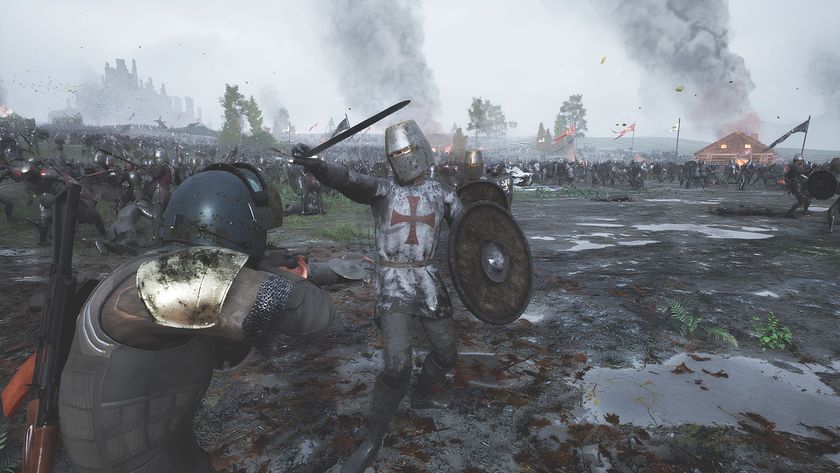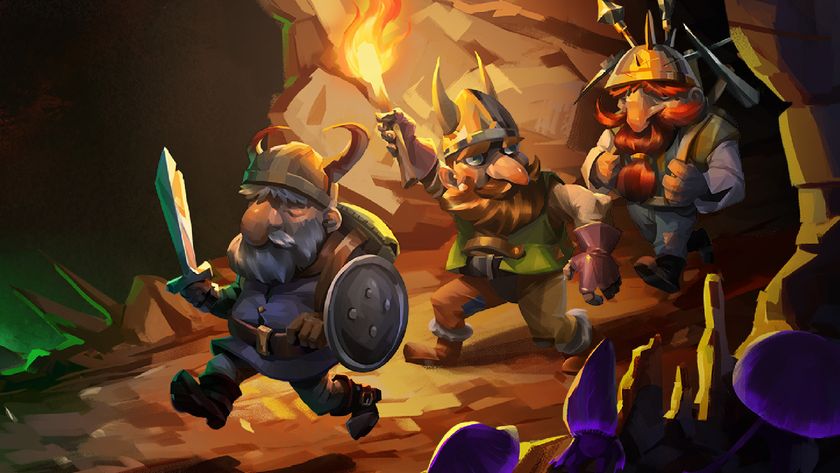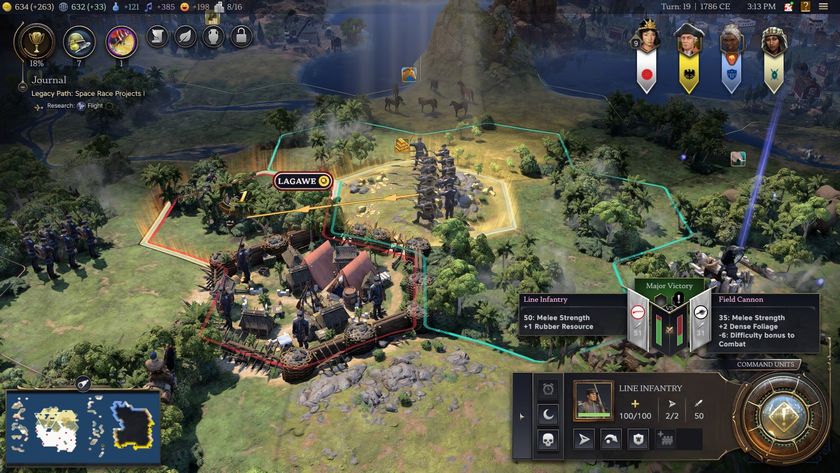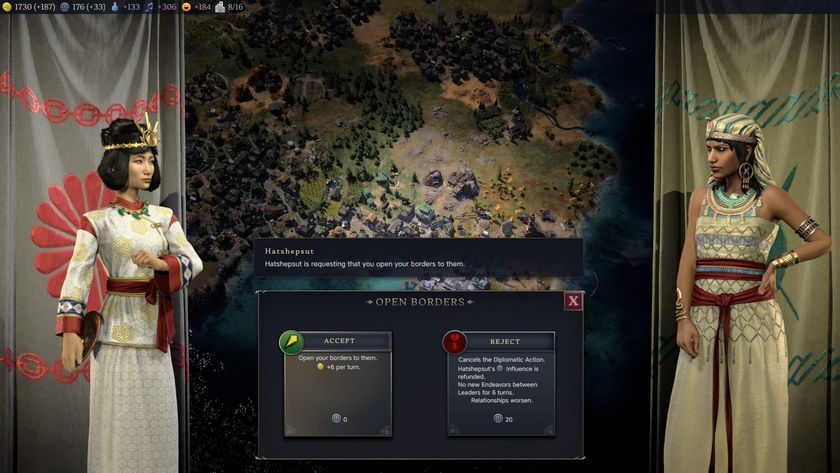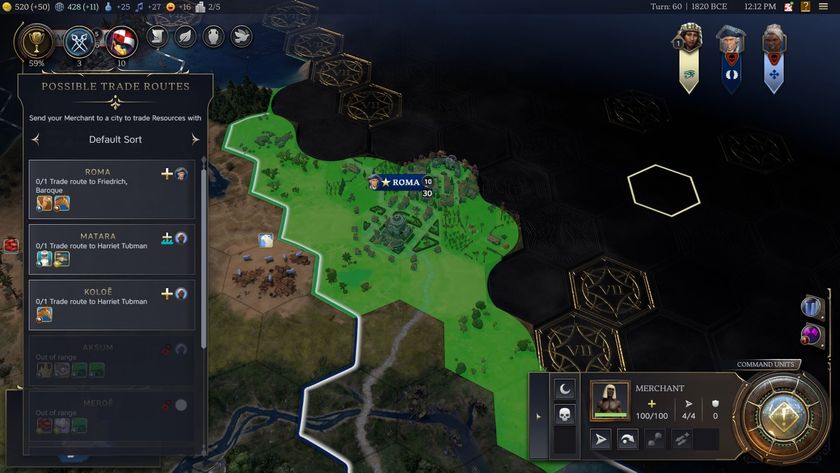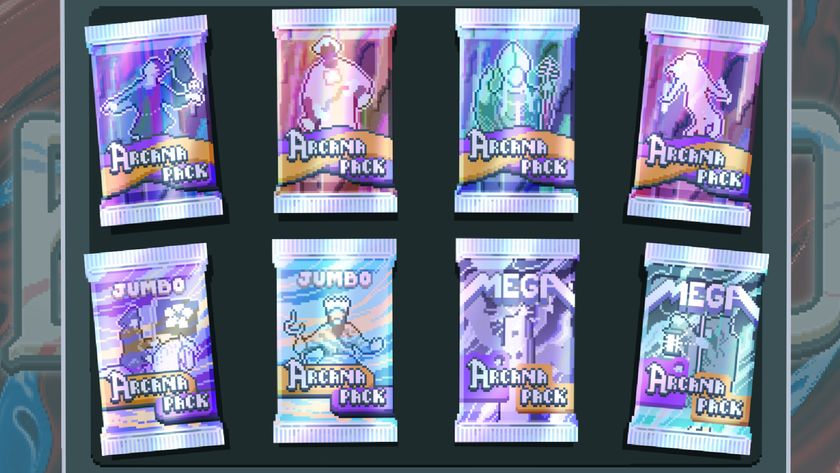Company of Heroes 2 preview - hands-on with multiplayer
Braving the blizzard in the name of glory
Many RTS multiplayer matches devolve into build orders and actions per minute. Want to do well in StarCraft II? Then you better have over 9,000 APM, or you'll never graduate from the losers' league. But Company Heroes has always prided itself on slower-paced strategic matches, where victory hinges more on moment-to-moment tactical decisions than it does memorizing key strokes.
For the most part, CoH multiplayer vets (and even newcomers!) will have no troubles jumping into the upcoming second installment. In each multiplayer match (which supports 1v1 and team play of up to 4v4) you'll still have to capture territories via resource nodes to garner the munitions, manpower, and fuel necessary to build an army and take out your enemy. But this process has been revamped thanks to the inclusion of specialized munitions and fuel nodes, which generate substantially more resources than your typical capture point. More importantly, these special nodes greatly affect your strategy depending on what kind of army you're building. In our first match, we were playing as the Germans, whose tanks--while powerful--required significantly more resources to manufacture than their Soviet counterparts, so we capped specialized fuel points, built up a sizable army of armor, and decimated our opponent.
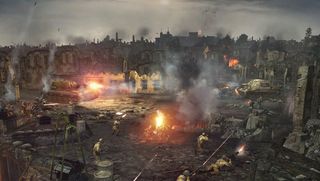
Unsurprisingly, these nodes become important points of contention as you vie for control over resources. As a result, skirmishes break out quite often, especially because the number of territories per multiplayer map in CoH2 has been reduced to keep the action going. The outcome of each battle often came down to strategic positioning of troops--cover is key!--as well as how effective we were at using the special equipment and abilities of each. Grenades, machine gun fire, flamethrowers--these were all crucial when facing overwhelming numbers, and learning when to retreat saved our skin more than just a time or two.
One thing we noticed right away compared to CoH multiplayer matches was the sheer amount of freedom we had in how we approached each online encounter. For starters, you can choose a loadout of three specific Commanders (of which there are seven to choose from) before every match, each offering a variety of special attacks and unit-specific upgrades that can be accessed in battle. At a certain point in the battle, you'll be prompted to choose one of the three Commanders in your loadout. One might allow you to call in anti-tank air support, while another will temporarily increase the movement speed of your squad (which is great for trekking through deep snow in winter maps)--but all of them are extremely useful for bolstering the weaker strengths of your army. We, for instance, went all out on amassing an army of infantry while playing as the Soviets, so we chose a Commander whose abilities focused on taking down enemy armor--that way we had all our bases covered.
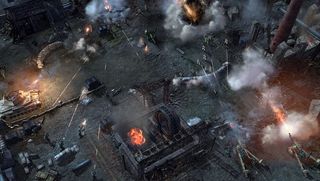
What's even more impressive, however, is the way in-game seasons affect strategy. On the winter map of the Rzhev Frontline, blizzards would periodically invade our multiplayer matches, reducing visibility and killing off any troops that weren't holed up in buildings or standing near bonfires, which could be built near resource points. We've mentioned before about how the cold temperatures can spell disaster for your units in CoH2, but the degree in which this forces you to really think about your actions in multiplayer is quite astonishing. Sending your army to capture resource nodes mid blizzard might mean your opponent won't send backup for fear of losing troops to the cold--but your own might fall in the process.
You'll also have to consider ponds and rivers that are frozen over. These act as makeshift bridges--but should your opponent begin a mortar assault as you cross the ice, your tanks and infantry might fall through and die. Likewise, in summer maps, rivers and ponds make excellent choke points as units slow considerably while crossing any body of water. Playing the same map in two different seasons yields a wildly different experience.
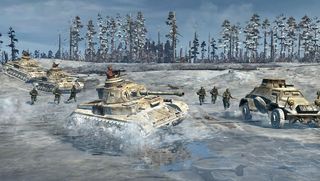
The progression system has also seen an overhaul in CoH2. By competing in matches online, you'll earn experience points and level up your profile, earning commendation badges and ribbons to decorate your playercard. There is even a Battle Honors ranking system akin to Call of Duty's prestige mode. Your troops can progress, too, earning permanent stat bonuses as you unlock mission challenges. Want to make your German Panzerschreck more deadly against enemy tanks? Take out 20 of the things in a match to unlock an Intel Bulletin, which grants your units a slight perma-bonus to anti-tank damage.
Sign up to the 12DOVE Newsletter
Weekly digests, tales from the communities you love, and more
We definitely appreciated the slower pace of each match, as we had time to really think about each and every action. CoH2 offers a far more approachable competitive RTS experience thanks to its focus on strategy over actions-per-minute (though going into each match with a plan ahead of time will certainly help!). As to whether or not that holds true long-term, we'll have to wait and see once it releases next year.
Ryan was once the Executive Editor of GamesRadar, before moving into the world of games development. He worked as a Brand Manager at EA, and then at Bethesda Softworks, before moving to 2K. He briefly went back to EA and is now the Director of Global Marketing Strategy at 2K.
